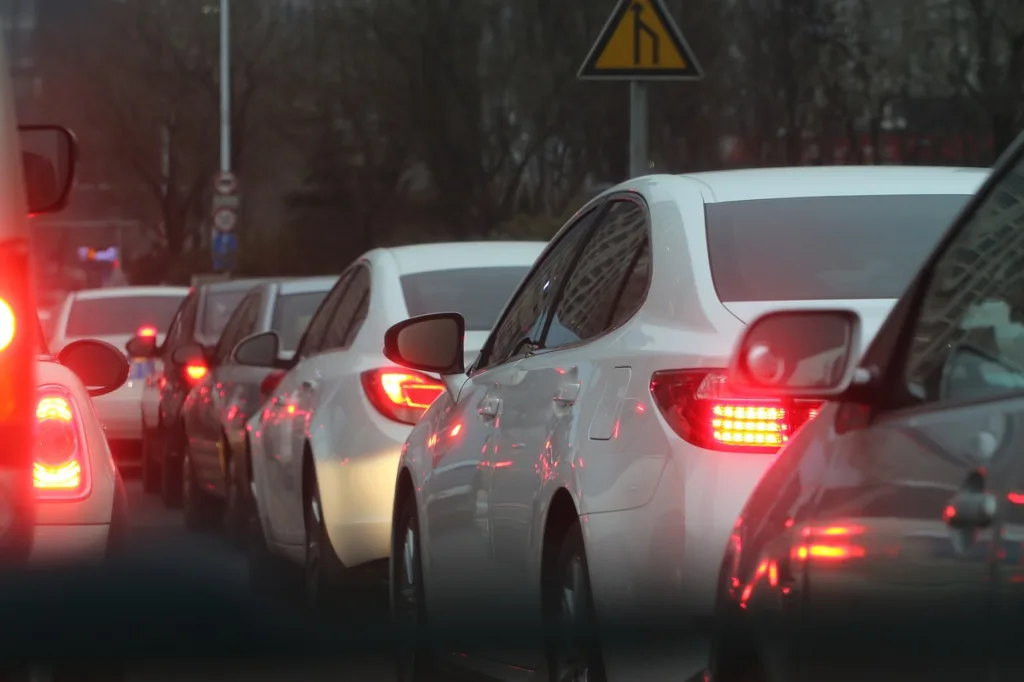Bilateral Control: MIT’s answer to Traffic Jams
Navigating traffic can be a test of patience, especially when tailgating adds stress to an already congested commute. But what if a simple change in driving behavior could significantly ease traffic congestion and reduce travel time? New research from MIT suggests that maintaining a safe and equal distance between the car in front and the car behind could be a game-changer.
Tailgating, aside from being aggressive and unsafe, exacerbates traffic jams, according to a study published in the journal IEEE Transactions on Intelligent Transportation Systems. The researchers propose a behavioral shift: drivers should consider not only the car in front but also the one behind, maintaining equilibrium to keep traffic flowing smoothly — in what they call “bilateral control”. This adjustment, backed by mathematical simulations, could potentially reduce commute times in half on certain roads.
The study’s co-author, Berthold Horn, a professor in MIT’s Department of Electrical Engineering and Computer Science expands on his previous work on “bilateral control” and takes a more macro level view in this new paper. He states “Birds have be doing this for centuries. To program this behavior, you’d want to look at the birds all around you and not just the ones in front of you.”
Evidently, he hopes that car companies incorporate rear sensors and update cruise control systems to account for these distances, so that traffic flow could significantly improve. However, the full benefits would only be realised if a substantial number of cars implement this system in the real world. According to Horn, traffic would improve drastically if just a small percentage of all cars implemented such systems. In future work funded in part by Toyota, he hopes to produce further simulations to test whether this method improves both the speed and safety of transportation on public road systems.
In conclusion, such systems can drastically improve transportation time and even reduce our global Carbon footprint by 25.4 billion kilograms of CO2.
https://ieeexplore.ieee.org/document/8861133
https://stormy.biology.utah.edu/publications/1984_Potts_Nature.pdf
https://people.csail.mit.edu/bkph/articles/Suppressing_Traffic_Flow%20Instabilities_IEEE_ITS_2013.pdf
https://math.mit.edu/traffic/


